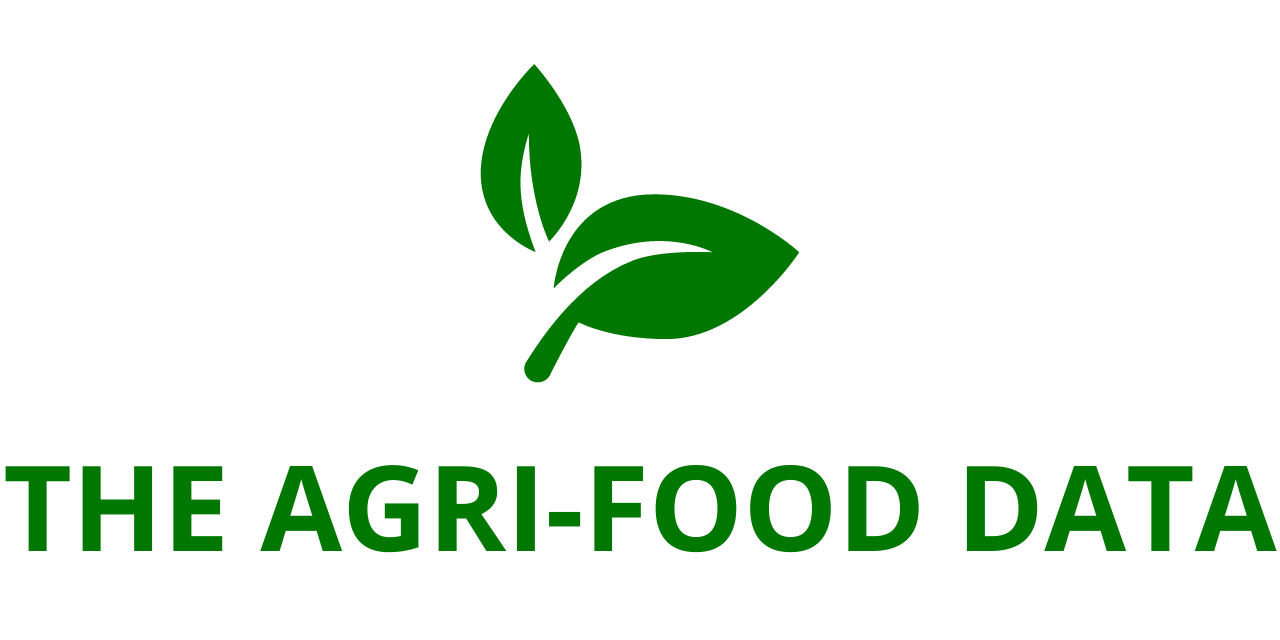
The comprehensive report titled “United States Milk Powder Market Size and Share Analysis – Growth Trends and Forecast Report 2025-2033″ has been officially added to ResearchAndMarkets.com’s growing portfolio of market intelligence offerings. This newly released study provides a detailed and insightful overview of the U.S. milk powder industry, presenting data-driven predictions, emerging market trends, challenges, and strategic recommendations for stakeholders.
According to the latest findings, the United States Milk Powder Market is poised for consistent and significant growth throughout the forecast period. The market, currently valued at $10.56 billion in 2024, is projected to grow to an estimated $15.92 billion by 2033. This trajectory represents a compound annual growth rate (CAGR) of 4.66% from 2025 through 2033. This promising outlook is underpinned by several key drivers, including increased urbanization, rising population figures, the expanding infant formula segment, and a heightened consumer focus on nutrition and health.
Key Drivers of Market Growth
1. Infant Formula Industry: A Core Growth Catalyst
One of the most influential factors behind the market’s upward momentum is the rising demand for infant formula. Milk powder serves as a vital component in many infant formula products, offering a stable and nutrient-rich base that aligns with the dietary needs of newborns and infants. With more working parents and an increasing awareness of infant nutrition, the consumption of infant formulas in the United States continues to rise steadily. This growing demographic segment is expected to be a key contributor to the sustained expansion of the milk powder industry.
2. Health-Conscious Consumer Behavior
As health and wellness continue to shape purchasing behavior across the food and beverage landscape, consumers are increasingly turning to dietary supplements and functional foods that offer tangible nutritional benefits. Milk powder, known for its high protein, calcium, and vitamin content, fits well into these emerging preferences. Its inclusion in meal replacements, protein drinks, and wellness snacks has widened its application scope considerably.
3. Urbanization and Lifestyle Changes
Rapid urbanization, combined with busy consumer lifestyles, has amplified the demand for convenient, shelf-stable food products. Milk powder’s long shelf life, ease of storage, and reconstitution make it an ideal choice for urban consumers seeking both nutrition and convenience. As a result, its usage has expanded beyond traditional applications to include baking, confectionery, ready-to-drink beverages, and culinary preparations.
Challenges and Market Constraints
Despite the positive outlook, the United States Milk Powder Market is not without its challenges. Several obstacles could potentially hinder its momentum if not addressed proactively:
1. Competitive Pressure from Imported Products
One of the primary concerns for domestic manufacturers is the competition posed by international milk powder producers. Countries with more cost-efficient production models can offer lower-priced alternatives, making it difficult for U.S.-based companies to maintain pricing parity without sacrificing profit margins. This competitive dynamic necessitates strategic differentiation, innovation, and the leveraging of “Made in USA” quality branding.
2. Environmental and Sustainability Concerns
Another growing challenge stems from the environmental impact of dairy farming. The production of milk powder is resource-intensive, and concerns over greenhouse gas emissions, water usage, and land degradation are becoming more prominent. As consumers grow more environmentally conscious, the demand for sustainably produced milk powder is increasing. This shift is prompting industry leaders to invest in greener technologies, regenerative agriculture practices, and transparent supply chains—albeit at increased operational costs.

3. Regulatory Compliance and Safety Standards
The milk powder industry is also subject to strict food safety and quality control standards, especially for products such as infant formulas. While these regulations ensure consumer safety, they also pose operational and logistical challenges for manufacturers, particularly small and medium enterprises (SMEs) navigating complex compliance requirements.
Segment Analysis: Skimmed Milk Powder and Infant Formulas Lead the Way
The market is segmented across several product types and applications, offering a granular view of performance metrics for each category. Among these, skimmed milk powder (SMP) has emerged as a standout segment. Known for its low-fat content and versatility, SMP finds widespread use in baking, beverages, dietary supplements, and other food formulations. Its ability to blend well with other ingredients while delivering key nutrients makes it a popular choice among health-focused consumers and manufacturers alike.
The infant formula segment also commands a significant share of the market. This segment is driven by the increasing demand for highly regulated, specialized nutritional products for infants and toddlers. Factors such as improved awareness among parents, innovations in formula composition, and increased birth rates in certain demographics continue to support this segment’s strong performance.
Market Segmentation and Key Insights
The report organizes the U.S. milk powder market into six distinct segments based on product type and application:
- Whole Milk Powder
- Skimmed Milk Powder
- Buttermilk Powder
- Dairy Blends
- Infant Formula
- Nutritional Supplements
Each segment is analyzed in terms of market size, growth rate, consumer demand, and application diversity. The segmentation also considers end-use industries such as bakery and confectionery, dairy-based foods, dietary supplements, infant nutrition, and the hospitality sector.
Competitive Landscape and Industry Players
The competitive landscape within the United States Milk Powder Market is dynamic and evolving. The report profiles key market players, including both domestic producers and international entrants. It evaluates their market share, strategic initiatives, technological innovations, and recent partnerships or acquisitions.
Leading companies are increasingly investing in product innovation, digital marketing, and sustainability initiatives to differentiate themselves. Brand loyalty, product consistency, and regulatory compliance remain critical differentiators in this competitive space.
Strategic Takeaways for Stakeholders
The United States Milk Powder Market Size and Share Analysis report serves as a strategic tool for investors, manufacturers, retailers, and policymakers. It not only highlights the sector’s current strengths but also sheds light on future opportunities and potential challenges.
Key strategic recommendations include:
- Investing in sustainable production practices to align with growing consumer and regulatory demands.
- Diversifying product portfolios to include high-protein, low-fat, and plant-blended formulations.
- Leveraging e-commerce and direct-to-consumer models to reach health-conscious urban markets.
- Strengthening partnerships across the supply chain to ensure quality, transparency, and scalability.





